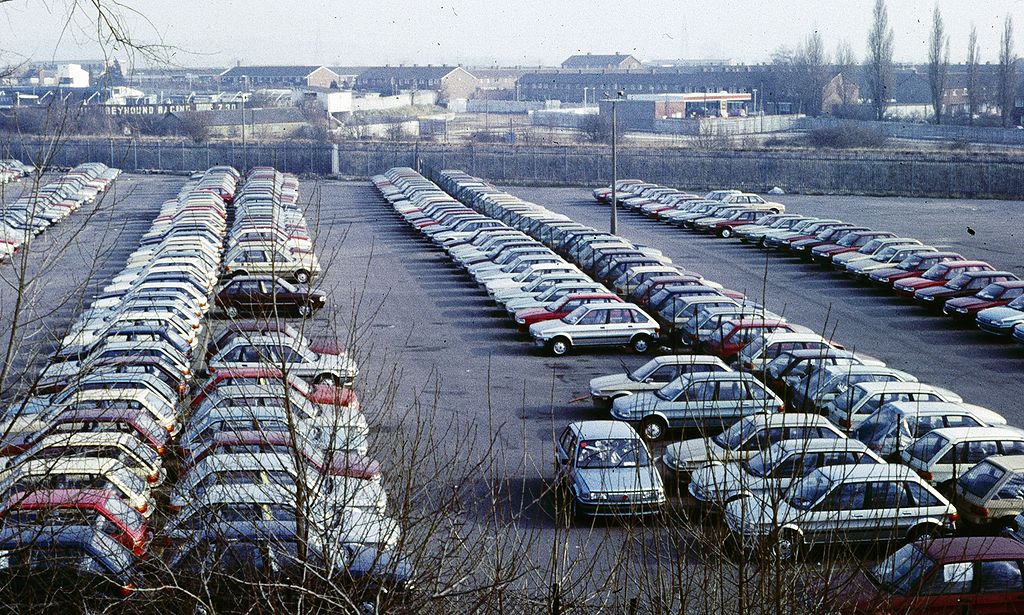
I’ve been doing some thinking about what happens to the world when “production” 3D printers become widespread.
Up to now 3D printing equipment has primarily been used to build prototypes and one-off custom items, often personalized.
You might see a “production” hip replacement printed in titanium, for example, but that’s really a one-time personalized item. Or you might see a prototype of case for a portable electronic device, but again that’s a one-off item.
Yes, it is possible today to perform what’s known as “low volume manufacturing” with current 3D printers. The idea here is that below a certain quantity of units, it is less expensive to 3D print the items than go through all the trouble of setting up a mass production system using traditional techniques such as injection molding.
But several companies are working on large-scale true production 3D printer equipment. These would be machines of extremely large build volumes, capable of producing custom parts on demand.
A typical customer for such machines would be a company producing large parts with some level of customization for their clients. Some examples of this might be the aerospace industry, where aircraft interiors differ significantly between buyers. Another might be rail equipment manufacturers, where interiors and fixtures of cars are unique between buyers. The automotive industry would be the same, where many parts are identical between models, but model variations require a custom set of parts.
Here’s the problem: in each of these cases – and likely in other industries as well – the manufacturer must keep on hand spare parts for their clients, sometimes for years, even decades. If the client requires a spare, they must receive one. In fact, such service is likely written into contracts before equipment is even delivered.
For an aerospace, rail or automative manufacturer, that’s an enormous problem: how do you keep track of and store all these part variations? Imagine the utterly countless numbers of parts that must make up the world’s inventory of vehicle components, all residing in part bins in warehouses.
But now, think about a solution: What if a portion of these spare parts were produced on these new, upcoming large-scale production 3D printers?
Would you actually need to keep a physical inventory of spare parts anymore?
No – because you can simply print them anytime they are required. They would be the same quality as “originals” because they are made in the same way.
And this is the monstrous implication: a portion of that physical inventory would become a digital inventory. The inventory is simply the 3D models, stored securely online, waiting for the future call to be printed once again.
What would this mean for companies? I suspect a staggering amount of savings, as the cost of maintaining physical inventory of perhaps millions of parts must be huge.
When will this happen? Not for many years, and even then you might not be able to transform existing parts: only new parts designed to be produced on the new equipment would be applicable.
But it would be the start of a huge change.
Image Credit: Wikimedia

